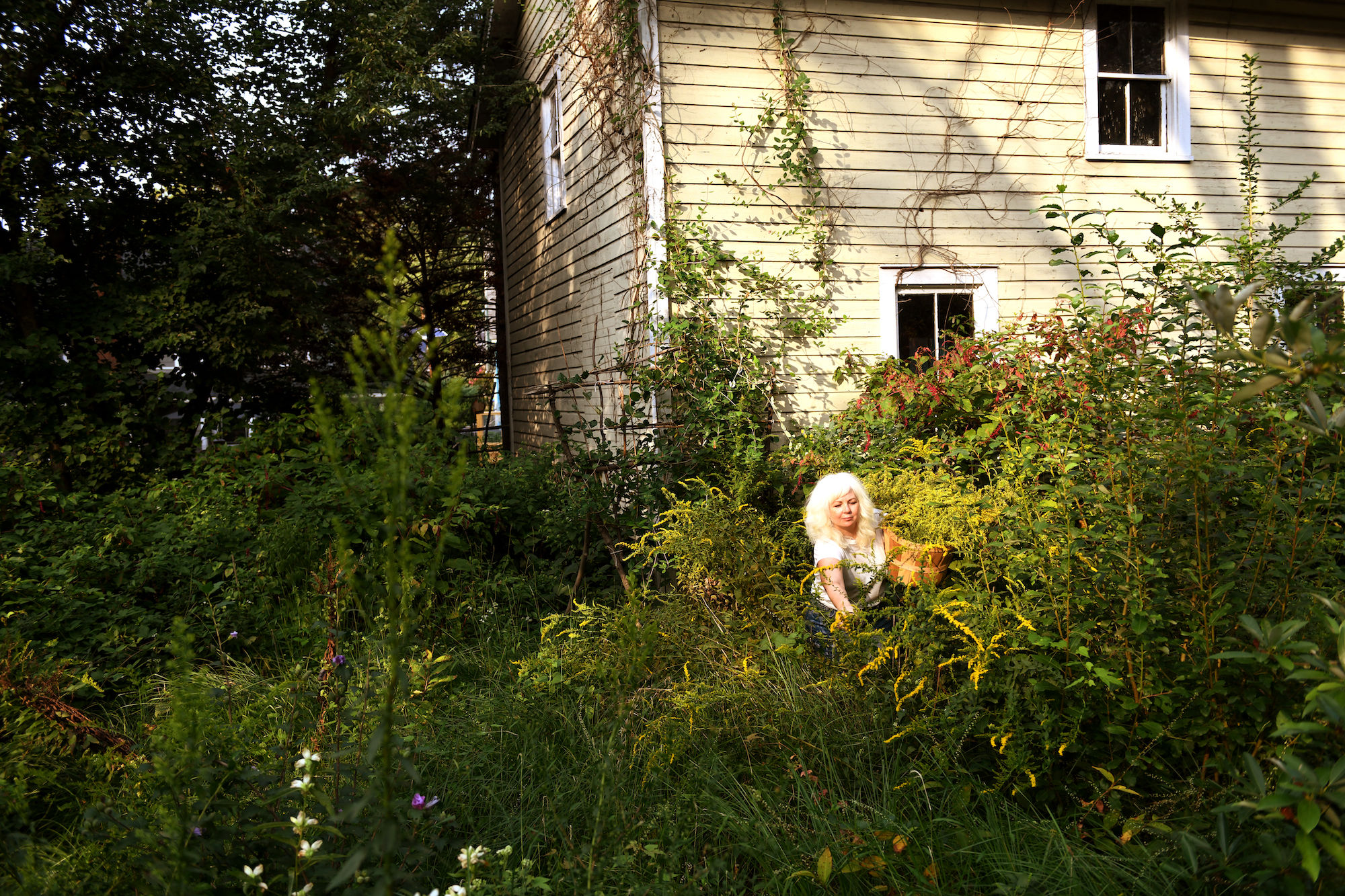
Ask the Experts: What Changes Can Home Gardeners Make to Help the Planet? - Gardenista
Gardeners are acutely attuned to the crises our planet faces: We see the impacts of drought and intense storms firsthand. We asked five landscape designers and professional gardeners who prioritize the environment to tell us what changes they’d like to see home gardeners make. “[Goldenrod] grows wild all over the United States, but having a patch in your garden is great for pollinators... Photograph by Claire Weiss of Day19, from 5 Flowers to Grow for a Starter Natural Dyes Garden. 1. Plant more “super plants.” ...and the late summer flowers give a deep gold dye,” says Amanda de Beaufort. Here, she harvests goldenrod from her friend’s re-wilded garden for a natural dye. The Berkeley Horticultural Nursery is Gardenista contributor Kier Holmes’ favorite place to browse for plants and inspiration. 2. Get to know your growers. If you care about the environment, you’ve likely already banned the use of insecticides in your garden. Photograph by Sara Morris, courtesy of Xerces Society, from Ask the Expert: Conservationist Matthew Shepherd on Protecting Beneficial Insects. Growers use them to keep plants pest-free in the nursery, but they can persist for years in plants and soils,” says McMackin. Photograph by Erin Boyle, from DIY: Grow Your Own Wheat Grass Eggs. This year, grow it yourself. In addition to propagating plants from cuttings or divisions, get into the habit of collecting seed from plants you’ve grown, says Marissa Angell, a landscape architect based in Brewster, New York. 4. Become your own nursery. Photograph by Amanda Slater via Flickr, from The Garden Decoder: What Is Green Mulch?. A border of geraniums edges a garden bed. “Plus, traditional shredded bark mulch doesn’t retain moisture as well and can remove nutrients from your soil as it decomposes.” Rainier points to native clonal spreading ground covers like groundsel (Packera sp. “We’re encouraging our clients to leave leaves on the ground because they function as a temperature buffer, moisture regulator, and food and habitat for wildlife and soil organisms,” says Nicole. Photograph by Joy Yagid, from Ask the Expert: Doug Tallamy Explains Why (and How to) Leave the Leaves. 6. Put down the leaf blower. Ample watering holes for birds and other creatures in the home garden of Todd Carr and Carter Harrington. Photograph by Todd Carr, courtesy of Hort & Pott, from Garden Visit: A Couple’s Lush and Romantic Sanctuary in the Catskills. “Wildlife habitat is increasingly disappearing and fragmented,” cautions Derek Brandt... ...principal and founder of Habitat Guild, Inc. in Fort Collins, CO. Plants alone can’t create a complete habitat in your yard, you also need a water source. Photography courtesy of Kelly D. Norris, from Ask the Expert: Horticulturist Kelly D. Norris on the ‘New Naturalism’. Self-sowing Plains coreopsis (the yellow flowers with maroon centers) joins other plants native to the Midwest in this Iowa garden designed by Kelly Norris. “The idea is that if you include native short-lived species that seed freely, then you will be more likely to have these plants pop up in your garden rather than a noxious exotic species.” You can build populations of desirable “weeds;” for example, native petunia (Ruellia humilis), pink evening primrose (Oenothera speciosa), wild columbine (Aquilegia canadensis), Blue mist flower (Conoclinium coelestinum), or Plains coreopsis (Coreopsis tinctoria) are all ecologically valuable self-sowers that will move around in a garden and fill gaps. 
